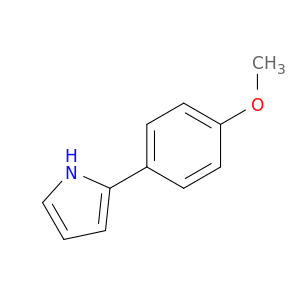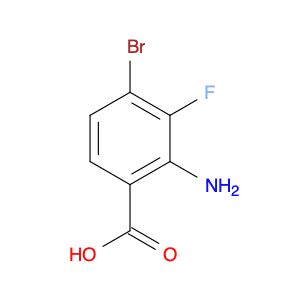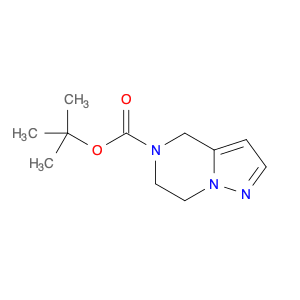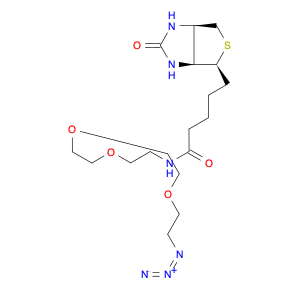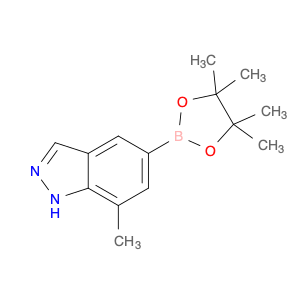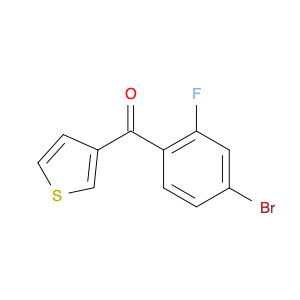2-(4-methoxyphenyl)-1H-pyrrole, also known as $name$, serves as a versatile building block in chemical synthesis due to its unique structural features and reactivity. This compound is commonly employed in the synthesis of organic molecules, pharmaceuticals, and materials with diverse functionalities.One key application of 2-(4-methoxyphenyl)-1H-pyrrole is in the development of novel drug compounds. The presence of the pyrrole ring and the methoxy group on the phenyl moiety provides opportunities for functionalization and modulation of biological activity. By strategically manipulating the structure of 2-(4-methoxyphenyl)-1H-pyrrole through various chemical reactions, chemists can design and synthesize pharmaceutical agents targeting specific disease pathways.Additionally, 2-(4-methoxyphenyl)-1H-pyrrole can be utilized in the preparation of advanced organic materials with desired properties. Its aromatic nature and potential for forming π-conjugated systems make it a valuable precursor for constructing organic semiconductors, optical materials, and molecular switches. Through controlled synthetic methodologies, researchers can tailor the electronic structure and optical properties of materials derived from 2-(4-methoxyphenyl)-1H-pyrrole for applications in optoelectronics and sensor technologies.In summary, the application of 2-(4-methoxyphenyl)-1H-pyrrole in chemical synthesis offers a pathway to the design and development of biologically active compounds and functional materials, showcasing its importance in modern scientific research and innovation.
 sales@aaronchem.com
sales@aaronchem.com
